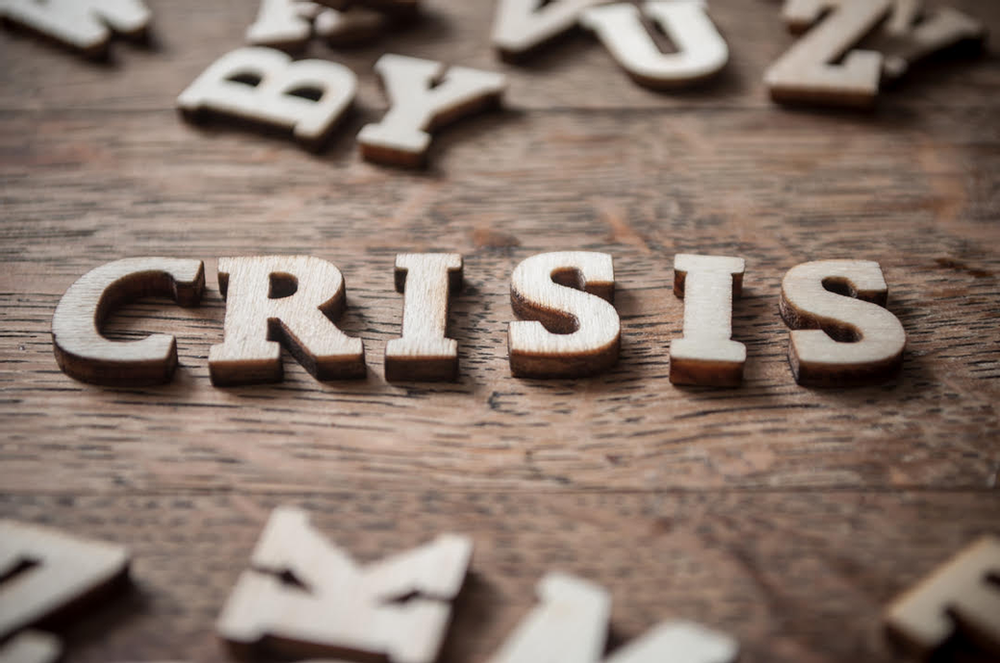As you are aware, the Coronavirus was first detected in Wuhan, China in mid-December 2019. In recent weeks, it has rapidly evolved at a global level. This virus comes in the midst of cold and flu season for several states. At this time, the CDC still advises that the risk of contracting the virus is low, but that doesn’t mean precautions shouldn’t be put in place to reduce impact to organizations.
At CAI, we believe that the Coronavirus has the potential to significantly impact business operations. Much like any significant situation of this nature, communication between organizations and their employees, vendors, and customers is critical.
Communicate! Communicate! Communicate!
To help your organization during this time, we have put together some helpful tips on best practices for communications. Communication is key for any situation, however it’s important to know when to communicate, who and what to communicate, and how much to information to share. Most situations call for two distinct communications plans – internal communications and external communications.
Internal Communications
Internal communications are primarily directed towards employees and other internal stakeholders. At CAI we have found that effective internal communications incorporate multiple tools such as:
- The use of company intranet sites
- Internal instant messaging programs such as Slack
- Emails
- Breakroom, hallway, and employee entrance posters
- Manager mentions during staff meetings
- FAQ’s posted in an easy access location
When developing internal communications, it is best to:
- Provide information in a timely and concise manner. It’s key to be transparent about what proactive steps the company has taken!
- At a high level, describe the impact to the organization. Provide facts and data to support the situation, and correct any misinformation that may have been reported previously or through the media.
- If applicable, cite guidelines or information from government agencies such as the Department of Homeland Security, Overseas Security Advisory Council, and the Center for Disease Control and Prevention.
- Communicate any changes in procedures to include company travel, operations, supply chains, and services.
- Provide ways for employees to report or provide feedback to the company.
- Provide steps internal stakeholders can take to reduce or eliminate risks associated with the situation. This includes ways to identify signs associated with the incident, best practices, hygiene precautions, safety tips, etc.
External Communication
External communications are primarily directed toward external stakeholders such as customers, suppliers, contractors, shareholders, retirees, in some cases local communities, and possibly the media. We have found that communications to external stakeholders are shorter in length and are most effective when they provide simple, key messages. Communication is typically done through a statement posted on the organization’s website or with larger, more impacting situations, through a formal press release.
When developing external communications, it is best to:
- Communicate in a timely manner and acknowledging the situation.
- Provide facts that limit specific details (i.e. employee names, date/time, specific locations such as addresses, campuses, building numbers, etc.).
- Cite any government agencies which your organization is following, and share the guidelines that the agency has provided.
- Provide a single point of contact that external partners can contact for additional information. We recommend using an email address.
Although this is not a complete list, this is a great foundation to build from when creating communications during a significant incident.
Disclaimer: This document is provided solely as an information resource. It is intended to provide general guidance on communicating during an incident and is not intended for a specific incident or circumstance. CAI is not liable for its use or implementation by any individual or organization.


